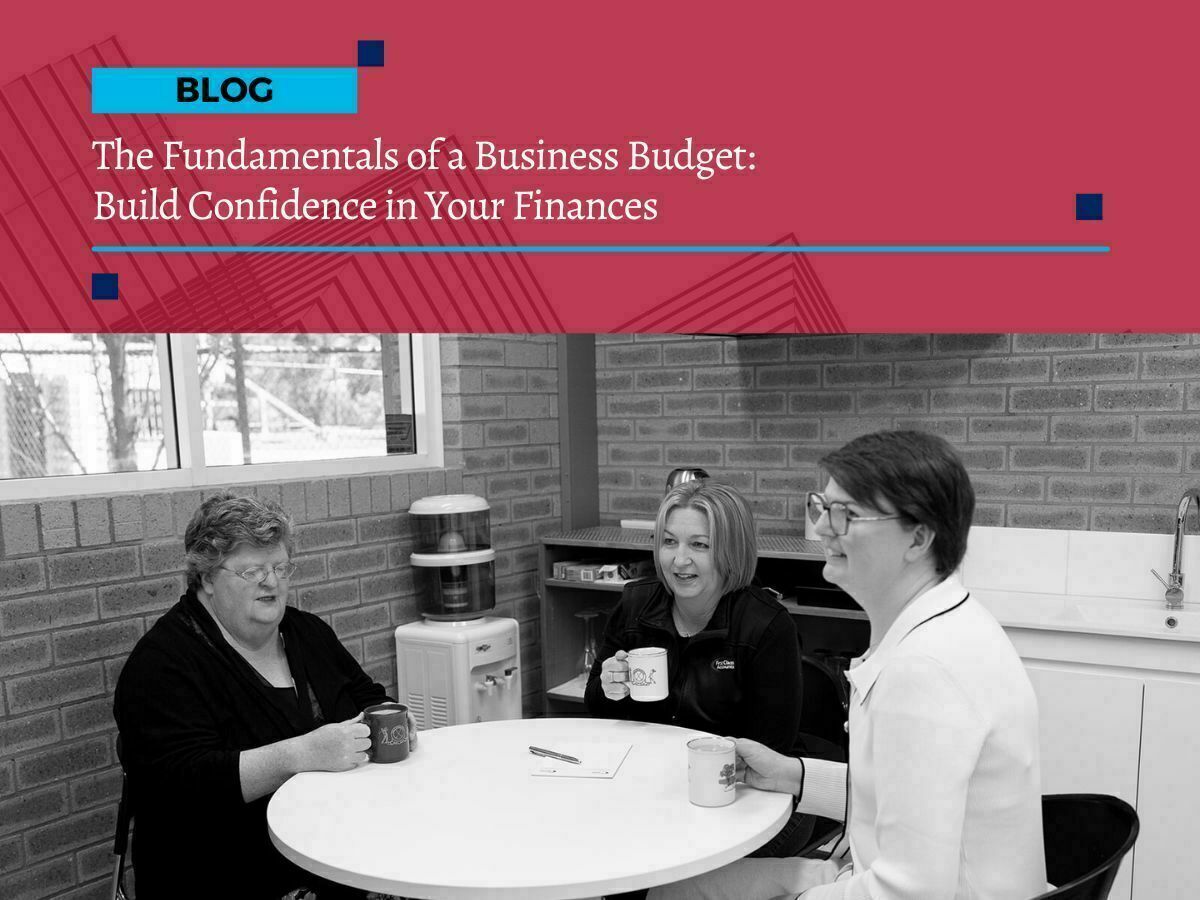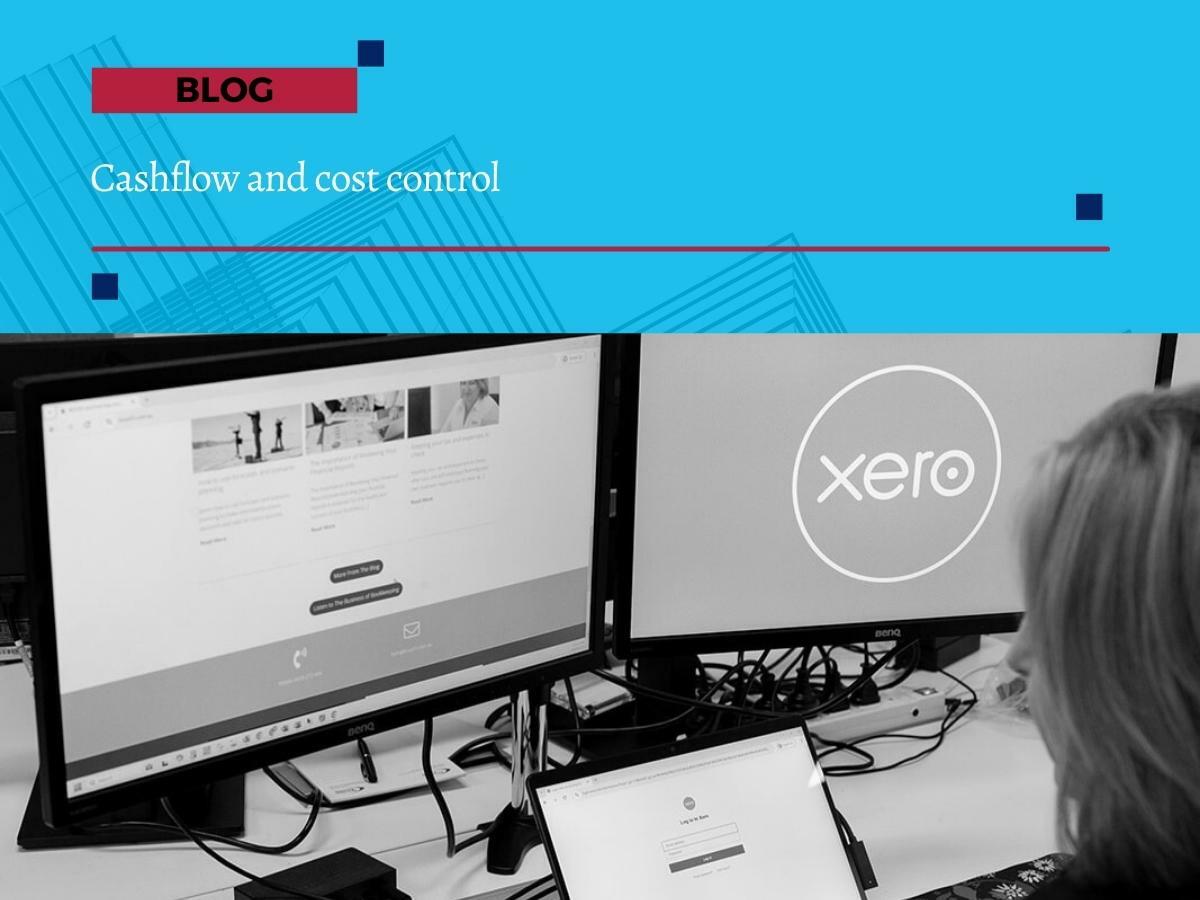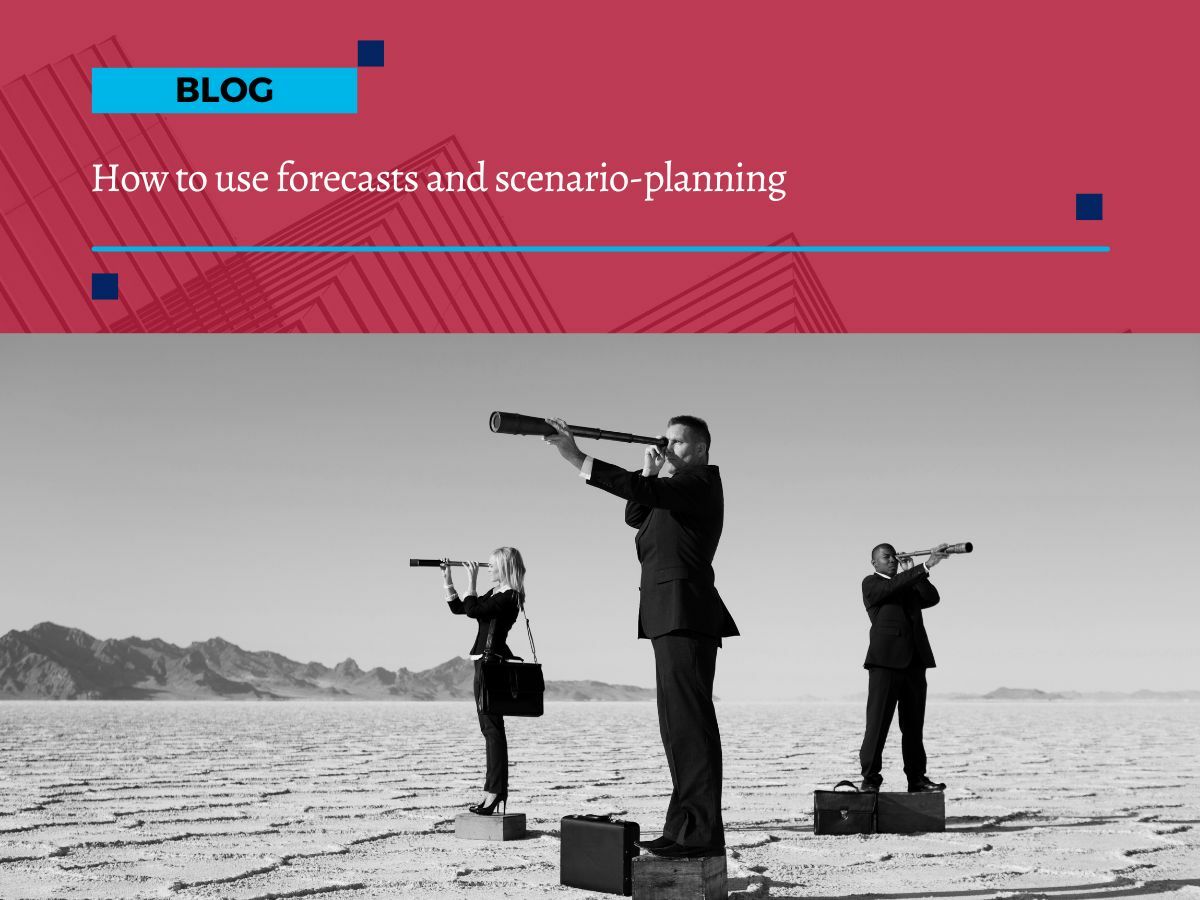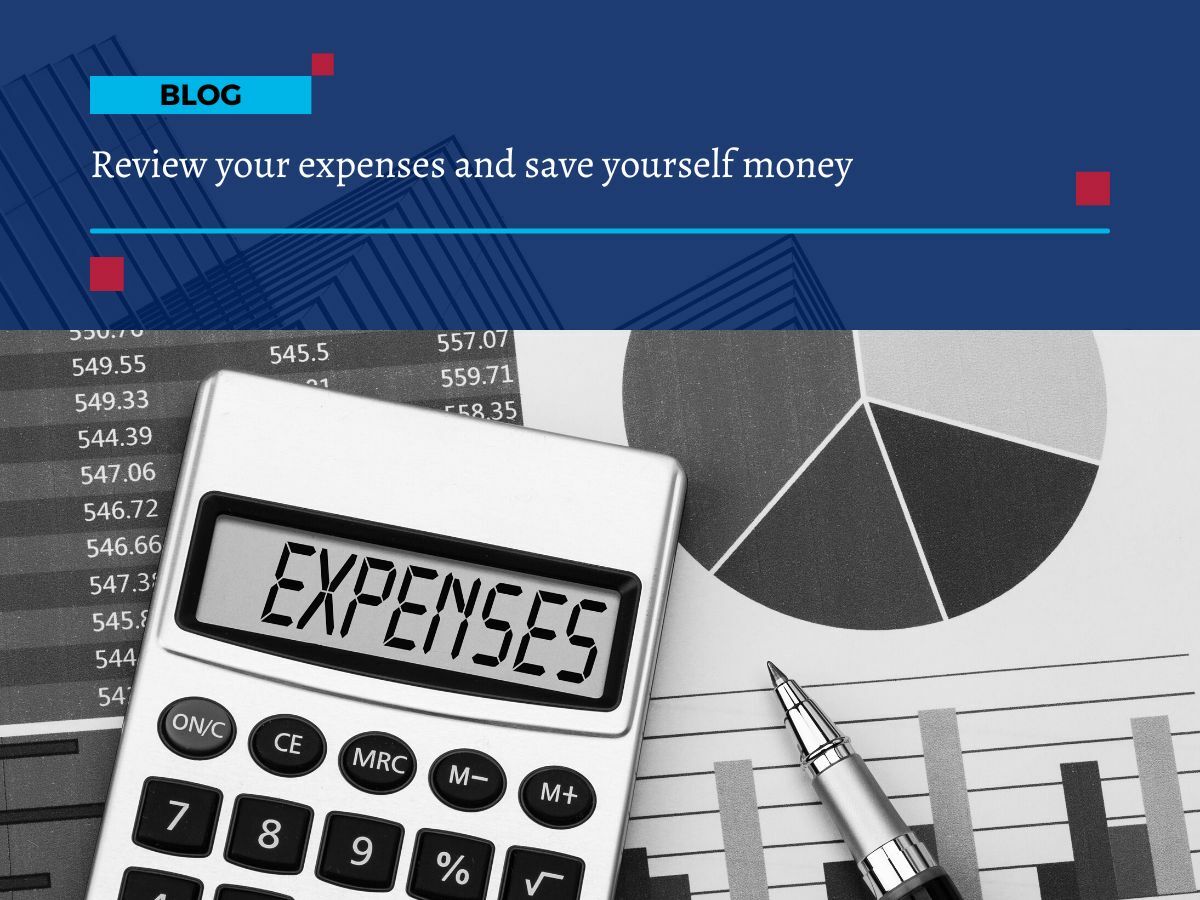
The Fundamentals of a Business Budget
The Fundamentals of a Business Budget
If you want to take control of your business finances and set your sights on growth, you need a budget. It’s one of the most useful tools for staying on track and making smart, informed decisions.
Put simply, your business budget shows what you plan to do with your cash over the next 12 months. It helps you stay clear on where the money is coming from, where it’s going, and what you want the future to look like.
At First Class Accounts Ovens & Murray, we help business owners turn their budgets into practical tools using real-time data and industry-leading apps like Calxa, Futrli and Spotlight.
So, you’re not just making plans, you’re actively managing your business with clarity and confidence.
What a budget tells you
Your budget is just one part of your financial toolkit. When you look at it alongside your profit and loss statement, balance sheet and cashflow forecast, you get a complete view of your business health. Together, these reports help you plan, monitor performance, and adjust as needed.
A budget gives you a forward-looking lens. It helps you forecast income and expenses, spot seasonal trends, and set targets that are grounded in data—not guesswork.
By comparing your actual results to your budget, you can quickly see where things are going to plan and where they’re not. That gives you time to act—before small issues become major problems.
Why budgeting makes a difference
Creating and using a budget gives you more than just a spreadsheet of numbers. It helps you:
Understand how your income and expenses change throughout the year
Set realistic financial goals and track your progress
Spot cash shortfalls or unexpected costs early
Stay motivated and focused on what matters most
Make confident, informed decisions at the right time
And once your budget is in place, it becomes a reference point for everything else. From managing day-to-day operations to planning for bigger moves like hiring staff or investing in new equipment.
We regularly support clients to build and refine budgets in platforms like Calxa, Futrli and Spotlight. These tools are powerful, visual, and designed to work with your accounting software. They help bring your numbers to life, so you can see what’s possible and take action faster.
Where to begin
Every budget starts with what you know: your regular income and expenses. From there, we work with you to add in assumptions about timing, growth, pricing, and planned costs.
Most businesses start with a single budget, but over time, you might develop a few different versions. For example, you might have:
A business-as-usual version, based on past results with minor adjustments
A worst-case version, to plan for lower-than-expected sales or higher costs
A best-case version, where you aim higher and prepare for growth
These versions can help you stress-test your business model and prepare for different outcomes, without the panic. First Class Accounts Ovens & Murray can guide you through each stage, setting up your budgets and tracking them monthly against your actual results.
And if you want to project out beyond the next 12 months, we can build multi-year budgets that support longer-term planning and investment.
Keeping it useful
A budget isn’t something you set and forget. It should evolve with your business.
We run monthly financial reports for our clients and compare them against their budgets. That way, they can make timely, informed decisions and adjust their plans based on what’s really happening, not what they hoped would happen.
Apps like Calxa, Futrli and Spotlight make it easy to track and visualise this performance over time. Whether you prefer a dashboard view, a simple graph, or a detailed breakdown, we help you get the insights in the format that works best for you.
Ready to start?
It’s never too late to build a budget that works. Whether you’re brand new to budgeting or looking to improve what you’ve already got, we can help you create a plan that’s relevant, practical, and aligned with your business goals.
Book a time with First Class Accounts Ovens & Murray and let’s set up a budget in your accounting software that gives you more control, more insight, and a clearer path forward.








